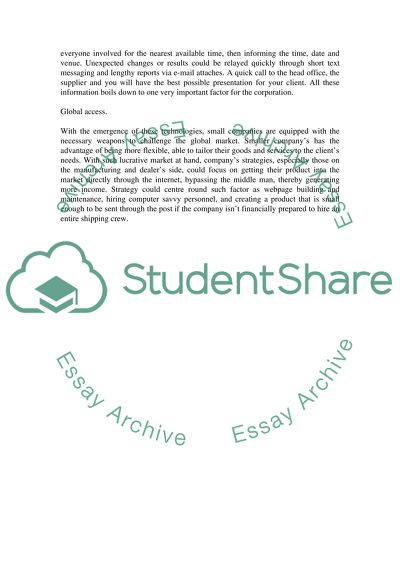Cite this document
(“The Impact of Technology on Organisations Structure and Strategy Essay”, n.d.)
The Impact of Technology on Organisations Structure and Strategy Essay. Retrieved from https://studentshare.org/marketing/1531725-technology-bachelor-essay
The Impact of Technology on Organisations Structure and Strategy Essay. Retrieved from https://studentshare.org/marketing/1531725-technology-bachelor-essay
(The Impact of Technology on Organisations Structure and Strategy Essay)
The Impact of Technology on Organisations Structure and Strategy Essay. https://studentshare.org/marketing/1531725-technology-bachelor-essay.
The Impact of Technology on Organisations Structure and Strategy Essay. https://studentshare.org/marketing/1531725-technology-bachelor-essay.
“The Impact of Technology on Organisations Structure and Strategy Essay”, n.d. https://studentshare.org/marketing/1531725-technology-bachelor-essay.


